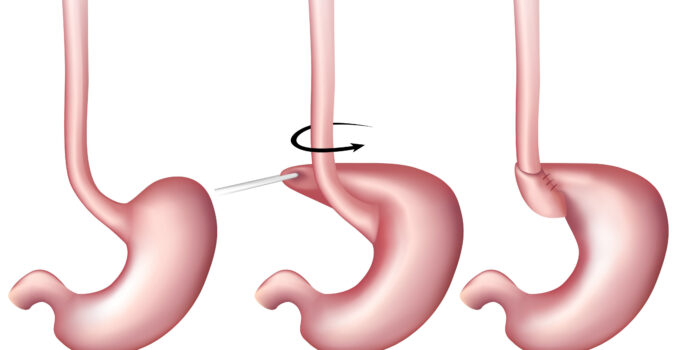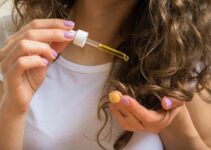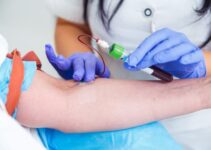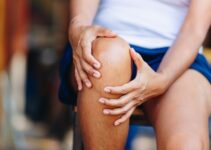Nissen Fundoplication Surgery is also known as a type of reflux surgery, or GERD surgery, and it’s an intervention over the esophageal “gate” that connects the esophagus with the stomach, so they can prevent further acid reflux problems, that may cause heartburn and many other gastritis problems. But, not every stomach problem makes the patient eligible for this intervention. When we talk about acid reflux, we must mention that this condition is also known as GERD (gastroesophageal reflux disease), and the symptoms may vary between mild and extremely bad, including chest pain, heartburn, nausea, burping, regurgitation, and so on.
The reason behind that can be the weak sphincter, named lower esophageal sphincter, which is a circular muscle that prevents the food and other stomach content to come back to the throat, so it can be well digested. But, sadly, a lot of people are diagnosed with this condition, and sometimes it causes a lot of problems, so surgical intervention is required. Sometimes, the condition is temporary, caused by some food, or during pregnancy when the baby is pushing against the stomach as it grows more. But, when it’s chronic, it should first be diagnosed, and then properly treated. The treatment often includes the Nissen fundoplication surgery, and you can learn how it’s diagnosed on safesurgery.com.au, and also, where and how you can prepare for this type of intervention.
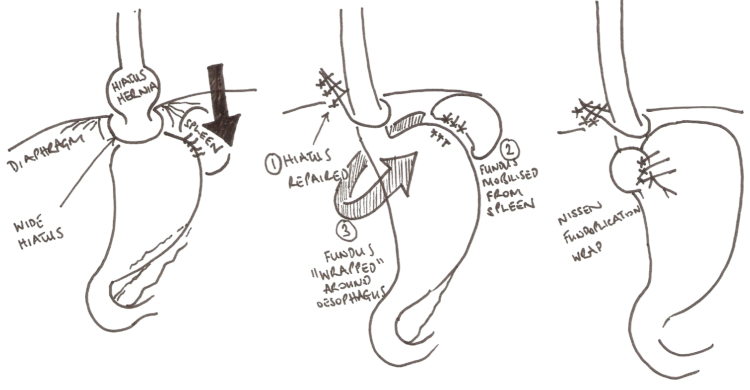
Source: hey.nhs.uk
Another one thing you should be ready about is how to eat after the surgery because you need to adjust your habits to your new condition. Since it’s a repairing intervention against sphincter hernia, or acid reflux problem, you need to be careful what you eat the days before the surgery, and in the period after that.
After the surgery, the doctor should provide a list of allowed types of food, liquid and soft in general, so your body can digest it without excess acid in the stomach. Sometimes, after the intervention, the patient may have issues with excess burping, diarrhea, or heavy digesting the food, so the diet is highly required and recommended.
There are a few types of plans, including:
Page Contents
1. Clear liquid diet
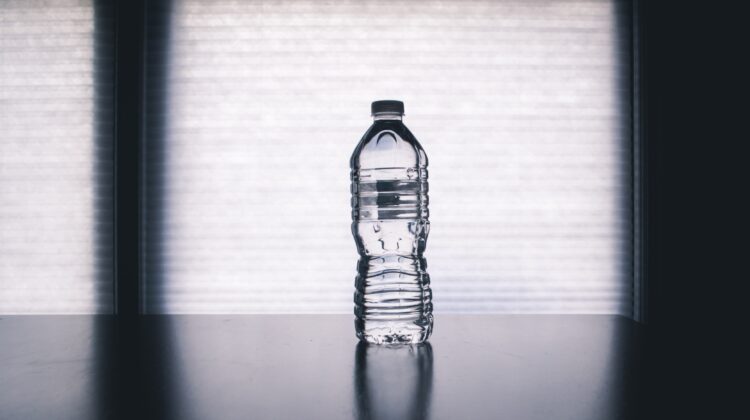
Source: pexels.com
According to this diet, which may last up to eight weeks, you only need to eat (or drink) clear juices, broth, gelatin, tea, or even popsicles. You should avoid carbonated beverages, and after two months, you can try it, by taking small sips, to see if your stomach will tolerate it.
2. Full liquid diet
It’s similar to the clear liquid diet, but it also has some additions, like milk, soy milk, or other plant kinds of milk, soft creamy products, yogurt, ice cream, or special nutritional drinks. You need to avoid coconut and chocolate, and also tomato or broccoli cream soup, because they can cause bad digesting even to completely healthy people. Recovery patients who are allergic to dairy, or can’t tolerate lactose, should use plant-based milk and products, so they can prevent bad digesting.
3. Soft diet
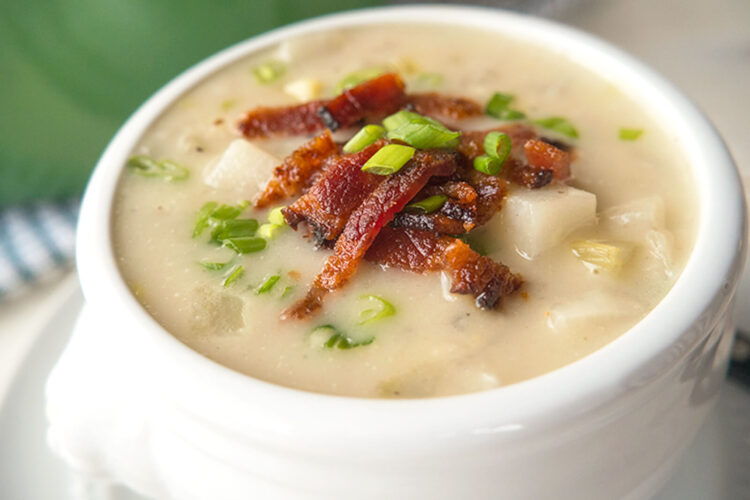
Source: lifemadefull.com
As you suppose, this plan includes heavier food, but the trick is in the way you consume it. You should eat very small meals about six to eight times a day. You must do it slowly, and chew the bites well. You shouldn’t lay down after the meal, because you must release the excess air. The last meal should be two hours before you go to sleep. Don’t eat sticky foods, because they are hard to swallow anyway, and you don’t want to do that to your body. Don’t drink too much water after the meal, so you can prevent unnecessary stomach stretching. Avoid the foods that cause gas even to completely healthy people, like beans, cabbage, cauliflower, broccoli, and most of the raw vegetables.
Which types of food and ingredients you should include or avoid in your meal plan?
In general, you must avoid chocolate drinks, alcohol, fizzy drinks, or citrus juices. As we said, if you have a dairy intolerance, skip it, and replace it with plant-based milk products. Sometimes, the doctors will recommend powdered drinks or nutritional shakes for your condition.
When it comes to bread, you should eat them toasted and whole wheat. Every other type, especially white flour products can make the situation and recovery harder. Cereals should be well-cooked, and the best way to consume them in flakes form because they are soft and easier to digest. You must be careful with starches because they are sticky, but every now and then you can eat some boiled and mashed potato, or sweet potato. Avoid pasta al-dente, because it must be well-cooked in this situation. Don’t eat fried and very seasoned food.
Avoid fruits and vegetables that cause gas. Raw vegetables can be too heavy for your stomach too. The beets and carrots should be cooked and peeled. You can also use some squash and pumpkin in your meals. Don’t eat tomatoes and tomato products. The fruit is better to be consumed in a form of juice. Don’t eat citrus, bananas, pineapple, dried fruits, and fruits with a lot of seeds (fig, strawberry, kiwi, and so on).

Source: verywellhealth.com
The meat and dairy products are a hot topic because you must avoid fried meat, smoked products, sausages, hot-dog, bacon, briskets, greasy steaks, duck, and goose meat. Instead, you can eat well-cooked beef, turkey, pork, chicken, veal, or lamb. It’s always a better choice to eat them minced, so it can be easier for your body to digest them. Don’t eat seafood and aged cheese. Choose fresh types, like a cottage or ricotta cheese. Prepare the soups with the allowed ingredients.
A few months after the surgery, you can add smaller amounts of fats, desserts, and snacks to your meals, and see if they cause problems for you. If something is making you gassier or is causing you pain and discomfort, don’t eat that food anymore.
As you can see, undergoing this type of medical procedure requires a lot of taking care of yourself before and after the surgery. It will take a lot of time until you’ll be able to get back to your usual habits, but the best thing is that after the surgery, you will adopt a healthier lifestyle, and you will be more careful what you eat.

